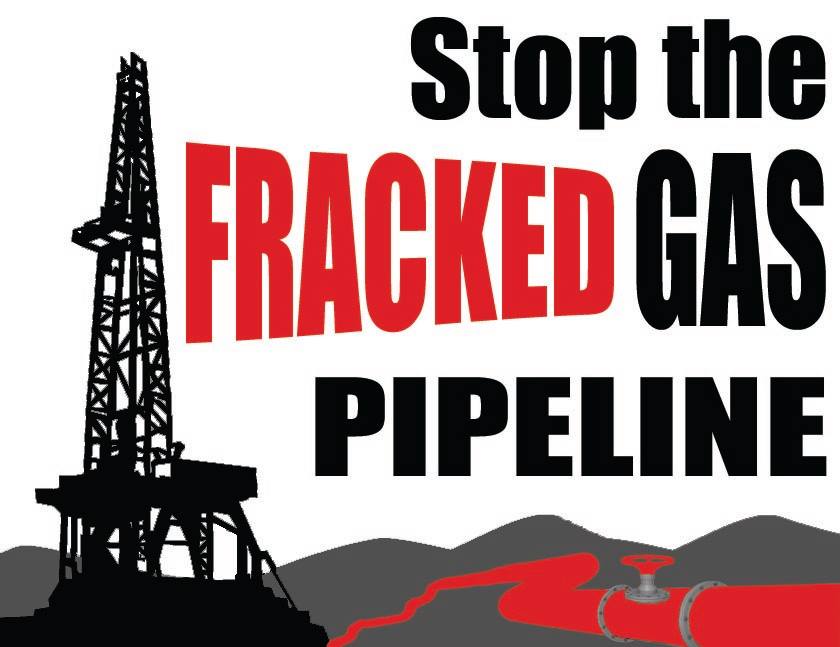
Environmental Justice
One of the most aggravating aspects of our environmental problems is that their worst impacts fall hardest on those in our society least able to deal with them. For instance, power plants and other polluting fossil fuel infrastructure or chemical plants are located in lower income communities and communities of color. Meanwhile wealthy and influential people are able to stop such infrastructure from being constructed in their neighborhoods and never face exposure to pollution. Those on the frontlines of environmental battles are very often the most disenfranchised among us. Look no further than the Native Americans protesting the Dakota Access Pipeline at Standing Rock, North Dakota for the most recent example.
Closer to home, the risks of natural gas infrastructure like the Algonquin Pipeline expansion, proposed plant in Burrillville, and the potential LNG liquefaction facility in South Providence will be born by those who can’t afford to move away from them. Similarly, rising seas, increasing floods, and more extreme weather are going to hurt those communities that don’t have the resources to become resilient.